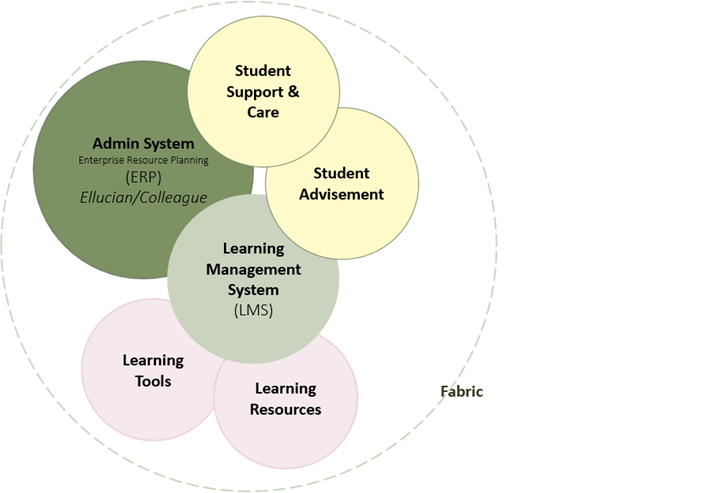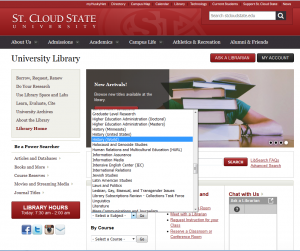https://www.edweek.org/ew/articles/2020/02/26/3-misconceptions-about-educator-self-care.html
+++++++++++++++++++++
How Mindfulness Can Help Teachers and Students Manage Challenging Situations
Patricia C. Broderick May 1
https://www.kqed.org/mindshift/53306/how-mindfulness-can-help-teachers-and-students-manage-challenging-situations
Mindfulness in the Secondary Classroom: A Guide for Teaching Adolescents,” (c) 2019 by Patricia C. Broderick. Used with permission of the publisher, W. W. Norton & Company.
Many of the risky and potentially dangerous behaviors of adolescents—procrastination, disruptiveness, disordered eating, cutting, drinking, violence, taking drugs, technological addiction, and so on—have a common denominator. They likely involve avoiding unpleasant emotional experience by trying to make it go away. The extent to which we do this is a measure of our distress tolerance (García-Oliva & Piqueras, 2016; Simons & Gaher, 2005). We all have our limits, but individuals who are highly intolerant of distress and unable to cope adaptively have quick triggers and are more likely to suffer from a range of psychological and behavioral problems (Zvolensky & Hogan, 2013).
++++++++++++++++++++
more about mindfulness in this IMS blog
https://blog.stcloudstate.edu/ims?s=mindful
Burdick, A. (2012). Digital humanities . Cambridge, MA: MIT Press.
https://mnpals-scs.primo.exlibrisgroup.com/discovery/fulldisplay?docid=alma990078472690104318&context=L&vid=01MNPALS_SCS:SCS&search_scope=MyInst_and_CI&tab=Everything&lang=en
digital humanities is born f the encounter between traditional humanities and computational methods.
p. 5. From Humanism to Humanities
While the foundations of of humanistic inquiry and the liberal arts can be traced back in the west to the medieval trivium and quadrivium, the modern and human sciences are rooted in the Renaissance shift from a medieval, church dominated, theocratic world view to be human centered one period the gradual transformation of early humanism into the disciplines that make up the humanities today Was profoundly shaped by the editorial practices involved in the recovery of the corpus of works from classical antiquity
P. 6. The shift from humanism to the institution only sanctioned disciplinary practices and protocols that we associate with the humanities today is best described as a gradual process of subdivision and specialization.
P. 7. Text-based disciplines in studies (classics, literature, philosophy, the history of ideas) make up, from the very start, the core of both the humanities and the great books curricular instituted in the 1920s and 1930s.
P. 10. Transmedia modes of argumentation
In the 21st-century, we communicate in media significantly more varied, extensible, and multiplicative then linear text. From scalable databases to information visualizations, from video lectures to multi-user virtual platforms serious content and rigorous argumentation take shape across multiple platforms in media. The best digital humanities pedagogy and research projects train students both in “reading “and “writing “this emergent rhetoric and in understanding how the reshape and three model humanistic knowledge. This means developing critically informed literacy expensive enough to include graphic design visual narrative time based media, and the development of interfaces (Rather then the rote acceptance of them as off-the-shelf products).
P. 11. The visual becomes ever more fundamental to the digital humanities, in ways that compliment, enhance, and sometimes are in pension with the textual.
There is no either/or, no simple interchangeability between language and the visual, no strict sub ordination of the one to the other. Words are themselves visual but other kinds of visual constructs do different things. The question is how to use each to its best effect into device meaningful interpret wing links, to use Theodor Nelson’s ludic neologism.
P. 11. The suite of expressive forms now encompasses the use of sound, motion graphics, animation, screen capture, video, audio, and the appropriation and into remix sink of code it underlines game engines. This expanded range of communicative tools requires those who are engaged in digital humanities world to familiarize themselves with issues, discussions, and debates in design fields, especially communication and interaction design. Like their print predecessors, form at the convention center screen environments can become naturalized all too quickly, with the results that the thinking that informed they were designed goes unperceived.
p. 13.
For digital humanists, design is a creative practice harnessing cultural, social, economic, and technological constraints in order to bring systems and objects into the world. Design in dialogue with research is simply a picnic, but when used to pose in frame questions about knowledge, design becomes an intellectual method. Digital humanities is a production based in Denver in which theoretical issues get tested in the design of implementations and implementations or loci after your radical reflection and elaboration.
Did you thaw humanists have much to learn from communication and media design about how to juxtapose and integrate words and images create hire he is of reading, Forge pathways of understanding, deployed grades in templates to best effect, and develop navigational schemata that guide in produce meaningful interactions.
P. 15. The field of digital digital humanities me see the emergence of polymaths who can “ do it all” : Who can research, write, shoot, edit, code, model, design, network, and dialogue with users. But there is also ample room for specialization and, particularly, for collaboration.
P. 16. Computational activities in digital humanities.
The foundational layer, computation, relies on principles that are, on the surface, at odds with humanistic methods.
P. 17. The second level involves processing in a way that conform to computational capacities, and this were explored in the first generation of digital scholarship and stylometrics, concordance development, and indexing.
P. 17.
Duration, analysis, editing, modeling.
Duration, analysis, editing, and modeling comprise fundamental activities at the core of digital humanities. Involving archives, collections, repositories, and other aggregations of materials, duration is the selection and organization of materials in an interpretive framework, argument, or exhibit.
P. 18. Analysis refers to the processing of text or data: statistical and quantitative methods of analysis have brought close readings of texts (stylometrics and genre analysis, correlation, comparisons of versions for alter attribution or usage patterns ) into dialogue with distant reading (The crunching cuff large quantities of information across the corpus of textual data or its metadata).
Edit think has been revived with the advent of digital media and the web and to continue to be an integral activity in textual as well as time based formats.
P. 18. Model link highlights the notion of content models- shapes of argument expressed in information structures in their design he digital project is always an expression of assumptions about knowledge: usually domain specific knowledge given an explicit form by the model in which it is designed.
P. 19. Each of these areas of activity- cure ration, analysis, editing, and modeling is supported by the basic building blocks of digital activity. But they also depend upon networks and infrastructure that are cultural and institutional as well as technical. Servers, software, and systems administration are key elements of any project design.
P. 30. Digital media are not more “evolved” have them print media nor are books obsolete; but the multiplicity of media in the very processes of mediation entry mediation in the formation of cultural knowledge and humanistic inquiry required close attention. Tug link between distant and clothes, macro and micro, and surface in depth becomes the norm. Here, we focus on the importance of visualization to the digital humanities before moving on to other, though often related, genre and methods such as
Locative investigation, thick mapping, animated archives, database documentaries, platform studies, and emerging practices like cultural analytics, data mining and humanities gaming.
P. 35. Fluid texture out what he refers to the mutability of texts in the variants and versions Whether these are produced through Authorial changes, anything, transcription, translation, or print production
Cultural Analytics, aggregation, and data mining.
The field of cultural Analytics has emerged over the past few years, utilizing tools of high-end computational analysis and data visualization today sect large-scale coach data sets. Cultural Analytic does Not analyze cultural artifacts, but operates on the level of digital models of this materials in aggregate. Again, the point is not to pit “close” hermeneutic reading against “distant” data mapping, but rather to appreciate the synergistic possibilities and tensions that exist between a hyper localized, deep analysis and a microcosmic view
p. 42.
Data mining is a term that covers a host of picnics for analyzing digital material by “parameterizing” some feature of information and extract in it. This means that any element of a file or collection of files that can be given explicit specifications, or parameters, can be extracted from those files for analysis.
Understanding the rehtoric of graphics is another essential skill, therefore, in working at a skill where individual objects are lost in the mass of processed information and data. To date, much humanities data mining has merely involved counting. Much more sophisticated statistical methods and use of probability will be needed for humanists to absorb the lessons of the social sciences into their methods
P. 42. Visualization and data design
Currently, visualization in the humanities uses techniques drawn largely from the social sciences, Business applications, and the natural sciences, all of which require self-conscious criticality in their adoption. Such visual displays including graphs and charts, may present themselves is subjective or even unmediated views of reality, rather then is rhetorical constructs.
+++++++++++++++++++++++++++
Warwick, C., Terras, M., & Nyhan, J. (2012). Digital humanities in practice . London: Facet Publishing in association with UCL Centre for Digital Humanities.
https://mnpals-scs.primo.exlibrisgroup.com/discovery/fulldisplay?docid=alma990078423690104318&context=L&vid=01MNPALS_SCS:SCS&search_scope=MyInst_and_CI&tab=Everything&lang=en
Key Issues in Teaching and Learning
https://www.educause.edu/eli/initiatives/key-issues-in-teaching-and-learning
A roster of results since 2011 is here.
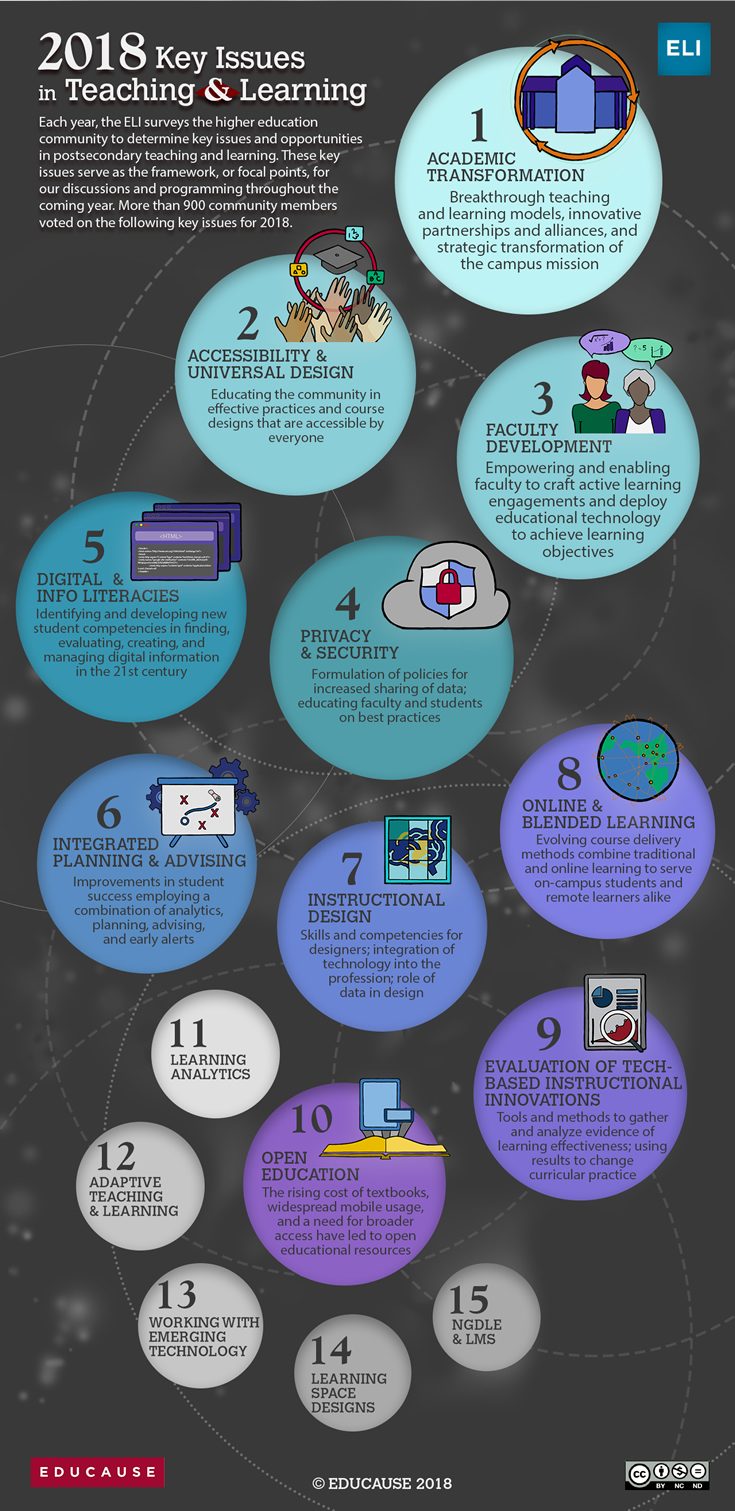
1. Academic Transformation
2. Accessibility and UDL
3. Faculty Development
4. Privacy and Security
5. Digital and Information Literacies
https://cdn.nmc.org/media/2017-nmc-strategic-brief-digital-literacy-in-higher-education-II.pdf
Three Models of Digital Literacy: Universal, Creative, Literacy Across Disciplines
United States digital literacy frameworks tend to focus on educational policy details and personal empowerment, the latter encouraging learners to become more effective students, better creators, smarter information consumers, and more influential members of their community.
National policies are vitally important in European digital literacy work, unsurprising for a continent well populated with nation-states and struggling to redefine itself, while still trying to grow economies in the wake of the 2008 financial crisis and subsequent financial pressures
African digital literacy is more business-oriented.
Middle Eastern nations offer yet another variation, with a strong focus on media literacy. As with other regions, this can be a response to countries with strong state influence or control over local media. It can also represent a drive to produce more locally-sourced content, as opposed to consuming material from abroad, which may elicit criticism of neocolonialism or religious challenges.
p. 14 Digital literacy for Humanities: What does it mean to be digitally literate in history, literature, or philosophy? Creativity in these disciplines often involves textuality, given the large role writing plays in them, as, for example, in the Folger Shakespeare Library’s instructor’s guide. In the digital realm, this can include web-based writing through social media, along with the creation of multimedia projects through posters, presentations, and video. Information literacy remains a key part of digital literacy in the humanities. The digital humanities movement has not seen much connection with digital literacy, unfortunately, but their alignment seems likely, given the turn toward using digital technologies to explore humanities questions. That development could then foster a spread of other technologies and approaches to the rest of the humanities, including mapping, data visualization, text mining, web-based digital archives, and “distant reading” (working with very large bodies of texts). The digital humanities’ emphasis on making projects may also increase
Digital Literacy for Business: Digital literacy in this world is focused on manipulation of data, from spreadsheets to more advanced modeling software, leading up to degrees in management information systems. Management classes unsurprisingly focus on how to organize people working on and with digital tools.
Digital Literacy for Computer Science: Naturally, coding appears as a central competency within this discipline. Other aspects of the digital world feature prominently, including hardware and network architecture. Some courses housed within the computer science discipline offer a deeper examination of the impact of computing on society and politics, along with how to use digital tools. Media production plays a minor role here, beyond publications (posters, videos), as many institutions assign multimedia to other departments. Looking forward to a future when automation has become both more widespread and powerful, developing artificial intelligence projects will potentially play a role in computer science literacy.
6. Integrated Planning and Advising Systems for Student Success (iPASS)
7. Instructional Design
8. Online and Blended Learning
In traditional instruction, students’ first contact with new ideas happens in class, usually through direct instruction from the professor; after exposure to the basics, students are turned out of the classroom to tackle the most difficult tasks in learning — those that involve application, analysis, synthesis, and creativity — in their individual spaces. Flipped learning reverses this, by moving first contact with new concepts to the individual space and using the newly-expanded time in class for students to pursue difficult, higher-level tasks together, with the instructor as a guide.
Let’s take a look at some of the myths about flipped learning and try to find the facts.
Myth: Flipped learning is predicated on recording videos for students to watch before class.
Fact: Flipped learning does not require video. Although many real-life implementations of flipped learning use video, there’s nothing that says video must be used. In fact, one of the earliest instances of flipped learning — Eric Mazur’s peer instruction concept, used in Harvard physics classes — uses no video but rather an online text outfitted with social annotation software. And one of the most successful public instances of flipped learning, an edX course on numerical methods designed by Lorena Barba of George Washington University, uses precisely one video. Video is simply not necessary for flipped learning, and many alternatives to video can lead to effective flipped learning environments [http://rtalbert.org/flipped-learning-without-video/].
Myth: Flipped learning replaces face-to-face teaching.
Fact: Flipped learning optimizes face-to-face teaching. Flipped learning may (but does not always) replace lectures in class, but this is not to say that it replaces teaching. Teaching and “telling” are not the same thing.
Myth: Flipped learning has no evidence to back up its effectiveness.
Fact: Flipped learning research is growing at an exponential pace and has been since at least 2014. That research — 131 peer-reviewed articles in the first half of 2017 alone — includes results from primary, secondary, and postsecondary education in nearly every discipline, most showing significant improvements in student learning, motivation, and critical thinking skills.
Myth: Flipped learning is a fad.
Fact: Flipped learning has been with us in the form defined here for nearly 20 years.
Myth: People have been doing flipped learning for centuries.
Fact: Flipped learning is not just a rebranding of old techniques. The basic concept of students doing individually active work to encounter new ideas that are then built upon in class is almost as old as the university itself. So flipped learning is, in a real sense, a modern means of returning higher education to its roots. Even so, flipped learning is different from these time-honored techniques.
Myth: Students and professors prefer lecture over flipped learning.
Fact: Students and professors embrace flipped learning once they understand the benefits. It’s true that professors often enjoy their lectures, and students often enjoy being lectured to. But the question is not who “enjoys” what, but rather what helps students learn the best.They know what the research says about the effectiveness of active learning
Assertion: Flipped learning provides a platform for implementing active learning in a way that works powerfully for students.
9. Evaluating Technology-based Instructional Innovations

What is the total cost of my innovation, including both new spending and the use of existing resources?
What’s the unit I should measure that connects cost with a change in performance?
How might the expected change in student performance also support a more sustainable financial model?
The Exposure Approach: we don’t provide a way for participants to determine if they learned anything new or now have the confidence or competence to apply what they learned.
The Exemplar Approach: from ‘show and tell’ for adults to show, tell, do and learn.
The Tutorial Approach: Getting a group that can meet at the same time and place can be challenging. That is why many faculty report a preference for self-paced professional development.build in simple self-assessment checks. We can add prompts that invite people to engage in some sort of follow up activity with a colleague. We can also add an elective option for faculty in a tutorial to actually create or do something with what they learned and then submit it for direct or narrative feedback.
The Course Approach: a non-credit format, these have the benefits of a more structured and lengthy learning experience, even if they are just three to five-week short courses that meet online or in-person once every week or two.involve badges, portfolios, peer assessment, self-assessment, or one-on-one feedback from a facilitator
The Academy Approach: like the course approach, is one that tends to be a deeper and more extended experience. People might gather in a cohort over a year or longer.Assessment through coaching and mentoring, the use of portfolios, peer feedback and much more can be easily incorporated to add a rich assessment element to such longer-term professional development programs.
The Mentoring Approach: The mentors often don’t set specific learning goals with the mentee. Instead, it is often a set of structured meetings, but also someone to whom mentees can turn with questions and tips along the way.
The Coaching Approach: A mentor tends to be a broader type of relationship with a person.A coaching relationship tends to be more focused upon specific goals, tasks or outcomes.
The Peer Approach:This can be done on a 1:1 basis or in small groups, where those who are teaching the same courses are able to compare notes on curricula and teaching models. They might give each other feedback on how to teach certain concepts, how to write syllabi, how to handle certain teaching and learning challenges, and much more. Faculty might sit in on each other’s courses, observe, and give feedback afterward.
The Self-Directed Approach:a self-assessment strategy such as setting goals and creating simple checklists and rubrics to monitor our progress. Or, we invite feedback from colleagues, often in a narrative and/or informal format. We might also create a portfolio of our work, or engage in some sort of learning journal that documents our thoughts, experiments, experiences, and learning along the way.
The Buffet Approach:
10. Open Education

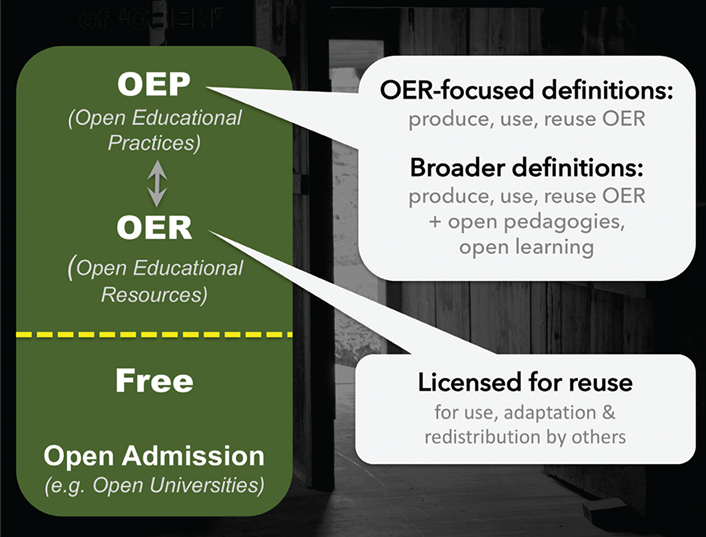
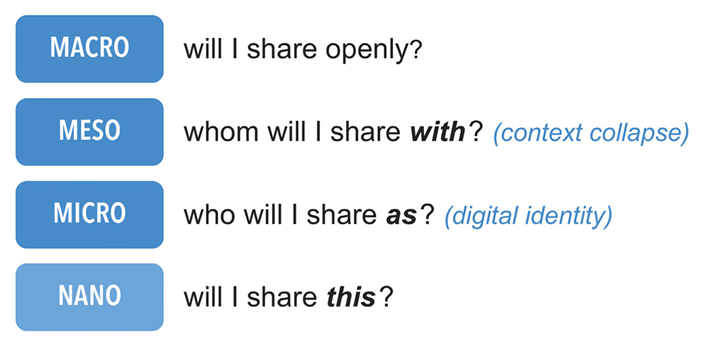
11. Learning Analytics
12. Adaptive Teaching and Learning
13. Working with Emerging Technology
In 2014, administrators at Central Piedmont Community College (CPCC) in Charlotte, North Carolina, began talks with members of the North Carolina State Board of Community Colleges and North Carolina Community College System (NCCCS) leadership about starting a CBE program.
Building on an existing project at CPCC for identifying the elements of a digital learning environment (DLE), which was itself influenced by the EDUCAUSE publication The Next Generation Digital Learning Environment: A Report on Research,1 the committee reached consensus on a DLE concept and a shared lexicon: the “Digital Learning Environment Operational Definitions,
